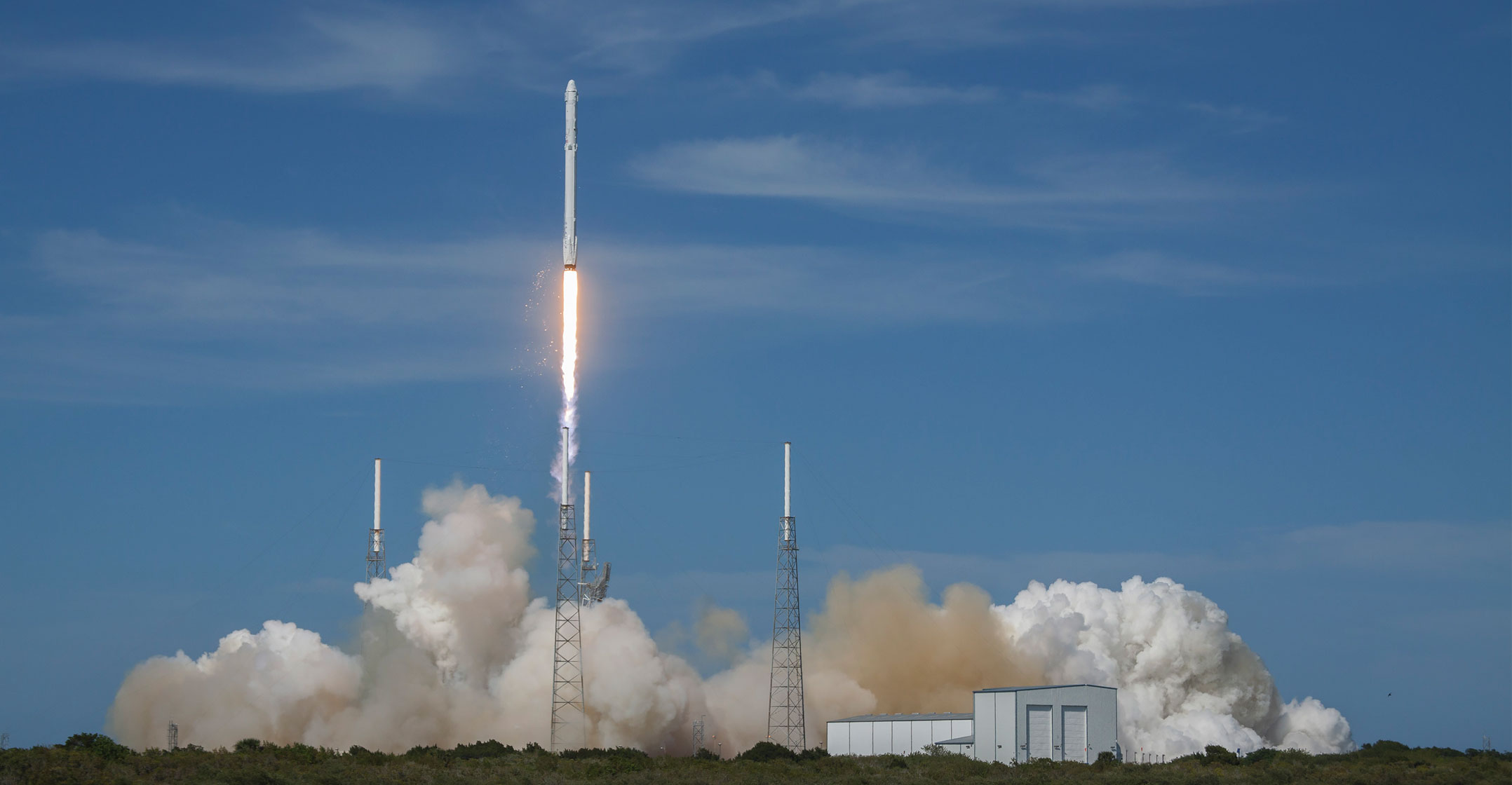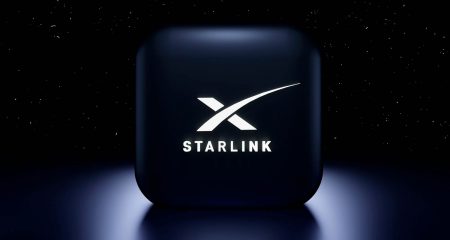Elon Musk is about to face his biggest test after almost two decades as a space entrepreneur: launching human beings into orbit.
If the weather holds and there are no technical issues, a SpaceX Dragon capsule atop a Falcon 9 rocket will blast off from Cape Canaveral, Florida, at 4.33pm on 27 May. Two Nasa astronauts — Bob Behnken and Doug Hurley — will be on board, with a docking at the International Space Station scheduled for 19 hours later.
The history of spaceflight is made up of moments etched into humanity’s collective memory, including Yuri Gagarin’s orbit of the Earth in 1961, Neil Armstrong’s “one small step” onto the moon in 1969 and the loss of Space Shuttle Challenger in 1986. While SpaceX’s upcoming launch may not end up ranking with those events, it will mark the first-ever ride to orbit on a privately owned vehicle — and the first time astronauts have flown from US soil since the shuttle programme ended in 2011.
“We haven’t had two humans shoot up into space on a commercial spacecraft ever. That’s an absolute first. It’s an epic moment,” said Luigi Peluso, an aerospace analyst with AlixPartners. “Space is still a dangerous game, and when you launch with people on board it’s a whole different level of intensity. And it’s not just about getting them there safely — it’s also about bringing them back.”
Musk founded SpaceX in 2002 with the ultimate goal of enabling people to live on other planets. Nasa has been a key partner and customer every step of the way for the Hawthorne, California-based company. A cargo-only version of SpaceX’s Dragon capsule already makes regular runs to the space station.
In 2014, Nasa awarded SpaceX and entrenched rival Boeing a combined US$6.8-billion in contracts to revive the US’s ability to fly to the orbiting lab without buying seats on Russian Soyuz capsules. By crossing the finish line ahead of a company with Apollo-era roots, SpaceX will underscore its metamorphosis from upstart to power player.
Black eye
“It’s definitely a bit of a black eye to Boeing,” said George Ferguson, analyst with Bloomberg Intelligence. He said the hit is less to the aerospace titan’s pocketbook and more to its reputation for engineering prowess, which has already been badly sullied by two deadly crashes of its best-selling jet, the 737 Max.
For a nation scarred by the health and economic impacts of the coronavirus and slowly emerging from stay-at-home orders, the SpaceX launch will be a chance to look skyward. For Nasa, the event will also be a distraction from intrigue surrounding the abrupt departure earlier this week of its human spaceflight chief, Douglas Loverro.
The shuffle placed more responsibility on officials like Steve Jurczyk, Nasa’s associate administrator and highest ranking civil servant, who stepped in for Loverro to make the final decision to proceed with the mission.
“Nasa is a very resilient organisation. There’s nobody in the organisation that’s irreplaceable,” said Wayne Hale, a former space shuttle programme manager and an architect of Nasa’s commercial space foray. “It’s unfortunate that this happens and he had to leave, but people are already stepping up.”
While Nasa has discouraged people from mobbing Cape Canaveral because of the coronavirus pandemic, the agency is planning hours of programming around the #LaunchAmerica event. US vice President Mike Pence said he plans to attend the launch. President Donald Trump also plans to travel to Florida to watch the launch.
Adding to the excitement is SpaceX’s knack for milking big events, like sending a cherry-red Tesla Roadster to deep space with its largest rocket, along with the cult following of fans who watch its every launch. Beyond the day itself, the voyage will usher in a new era of commercial space flight.
“This is a real breakthrough for space development,” said Lori Garver, a former Nasa deputy administrator and current CEO of the Earthrise Alliance. “This plan has been in the works for a decade. You’ve turned over the keys to the private sector for low-earth orbit, which frees up Nasa to do other things. And it will open up space, ultimately, for paying tourists.”
There were plenty of sceptics — including Armstrong and other spaceflight pioneers — who thought this day would never come after then-President Barack Obama decided in 2010 to turn space-station treks over to private contractors. At the time, SpaceX’s Falcon 9 rocket hadn’t yet flown, and few could have predicted it would dominate commercial satellite launches within a few years.
Still, the milestone crewed flight is years behind schedule, adding billions in costs for US taxpayers. Nasa is confident that US commercial spacecraft will take over the missions this year and next. The agency has paid $3.5-billion to purchase 52 rides to space from Russia since 2011, including a seat on a Soyuz rocket later this year.
‘Excited’
Boeing is still working through dozens of corrective actions that Nasa recommended after the company’s Starliner capsule missed a rendezvous with the station in December. The company hasn’t yet scheduled a do-over, or its first flight with humans.
”Regaining crew launch capability and having two American crew launch providers is vital to achieving our country’s goals in space,” said Starliner astronaut Chris Ferguson, a Starliner astronaut and former Nasa astronaut who commanded the final space shuttle mission. “I’m excited to see my friends and former colleagues, Doug Hurley and Bob Behnken, take this important next step.”
The extensive testing that contributed to the Boeing and SpaceX delays is a contrast to the space shuttle, which flew humans without any practice runs for its orbital vehicle or rockets, said Hale, the retired Nasa official.

The 27 May launch, known as Demo-2, will serve as a final test of SpaceX’s entire system for transporting people to orbit, the last step to winning Nasa’s approval for regular crewed flights to the space station. Behnken and Hurley are slated to dock with the station on Thursday and meet with the Expedition 63 crew members already in residence aboard the orbiting lab. A press conference from the space station is slated for 29 May.
“It’s a culmination,” Hurley told reporters after arriving at Cape Canaveral on 20 May. “It’s that next stage of human space flight.”
Former astronaut Garrett Reisman, a professor of astronautics at the University of Southern California and an adviser to SpaceX, knows Benkhen and Hurley personally. He was a graduate student at the California Institute of Technology with Behnken and was on the space station with astronaut Karen Nyberg, who is Hurley’s wife.
Reisman is elated about what Wednesday’s launch means. American taxpayers will no longer have to pay for seats on a Russian Soyuz. It could be the dawn of a new golden age of space flight. Reisman is considering flying his own single engine propeller plane from California to Florida so he can avoid flying commercially during the coronavirus pandemic.
“It changes everything when you know the people,” said Reisman of the nerve-wracking anxiety around the launch. “But Nasa put SpaceX through excruciating scrutiny, as they do with everyone. It make me feel more comfortable and more confident.” — Reported by Dana Hull and Julie Johnsson, (c) 2020 Bloomberg LP




